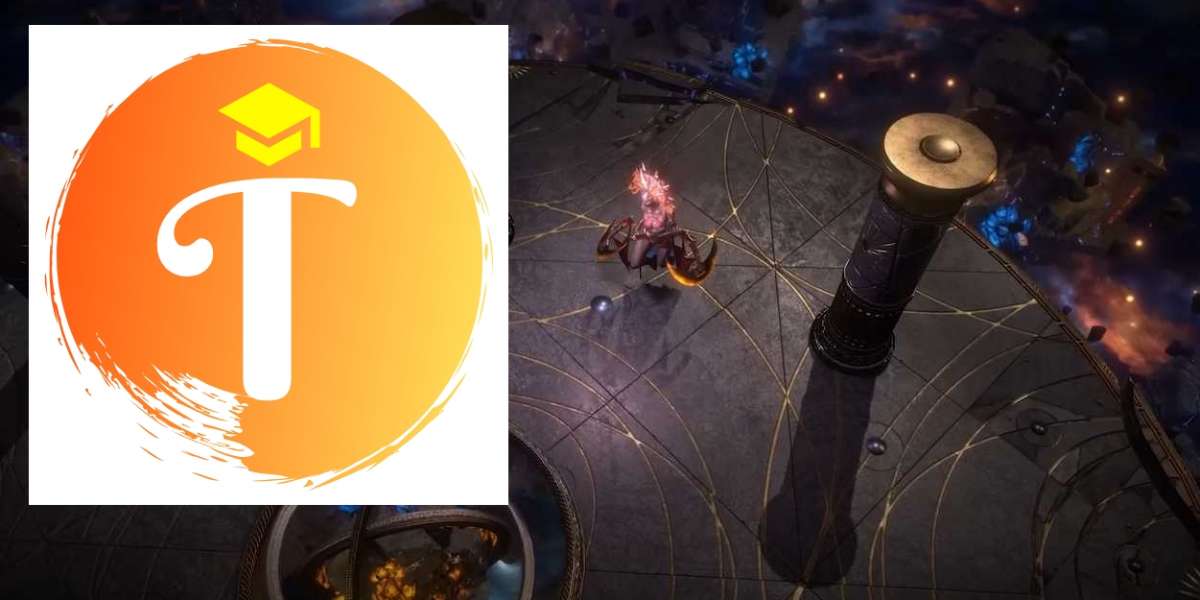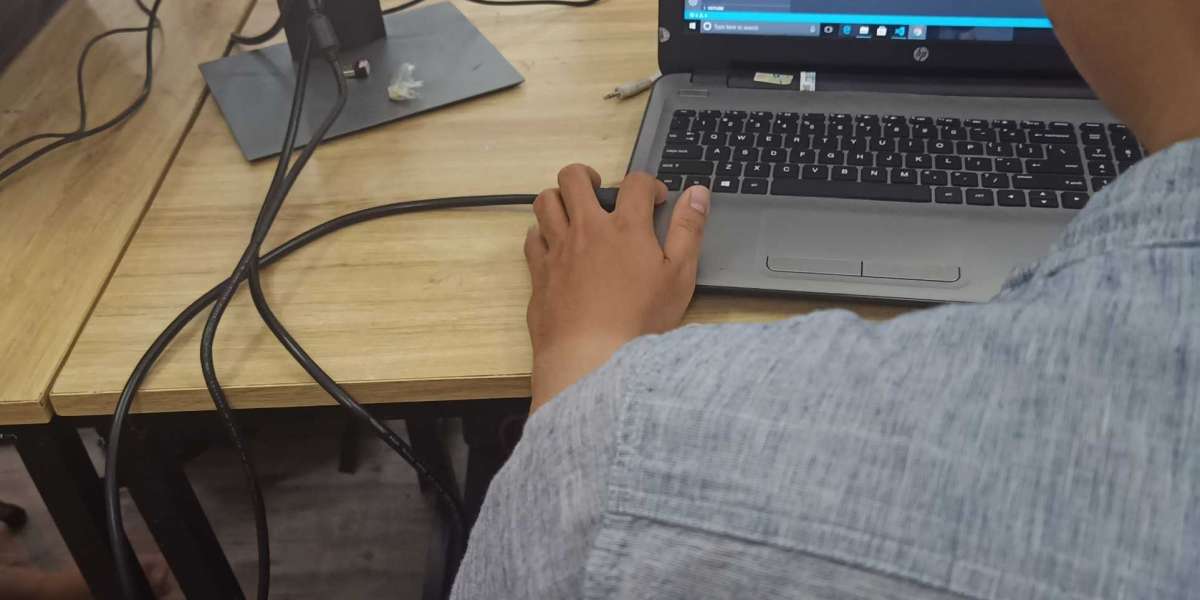The rapid evolution of artificial intelligence (AI) is transforming the way we live, work, and interact with technology. Among the groundbreaking advancements are ChatGPT, Deepfake, and GPT-4, each playing a unique role in shaping the future of AI.
ChatGPT: The Conversational AI Revolution
ChatGPT, developed by OpenAI, is a powerful language model designed to understand and generate human-like text. It is built on the Generative Pre-trained Transformer (GPT) architecture, enabling it to engage in coherent and contextually relevant conversations with users. ChatGPT has found applications in various domains, including customer service, content creation, and virtual assistants.
The strength of ChatGPT lies in its ability to process and generate natural language with remarkable fluency. It can answer questions, provide recommendations, and even create written content, making it a versatile tool for businesses and individuals alike. However, its capabilities also raise ethical concerns about the potential misuse of AI-generated content, such as spreading misinformation or creating biased outputs.
Deepfake: The Art and Ethics of Synthetic Media
Deepfake technology leverages AI to create hyper-realistic videos and images that can manipulate the appearance and speech of individuals. By using techniques such as deep learning and neural networks, deepfakes can convincingly alter visual and auditory content, making it appear as though someone is saying or doing something they never did.
While deepfake technology has potential applications in entertainment, education, and digital art, it also poses significant ethical and security challenges. The ability to create realistic fake videos can lead to the spread of false information, cyberbullying, and identity theft. As deepfakes become more sophisticated, the need for robust detection mechanisms and regulatory frameworks becomes increasingly urgent.
GPT-4: The Next Frontier in Language Models
gpt-4o, the latest iteration of OpenAI's Generative Pre-trained Transformer series, represents a significant leap forward in AI language models. Building on the successes of its predecessors, gpt-4o boasts enhanced language understanding, more extensive training data, and improved contextual awareness. These advancements enable gpt-4o to generate even more accurate and nuanced text, making it a powerful tool for a wide range of applications.
One of the key innovations in gpt-4o is its ability to handle more complex and nuanced queries, providing users with more relevant and insightful responses. This makes it an invaluable resource for fields such as research, education, and content creation. However, like its predecessors, gpt-4o also raises important ethical considerations regarding the use and potential misuse of AI-generated content.
The Intersection of Technology and Ethics
The advancements in ChatGPT, Deepfake, and gpt-4o highlight the incredible potential of AI technology while also underscoring the importance of ethical considerations. As these technologies continue to evolve, it is crucial to develop frameworks that ensure their responsible and equitable use. This includes implementing measures to detect and prevent the misuse of deepfakes, addressing biases in language models, and fostering transparency in AI development.
Conclusion
The future of AI technology, embodied by innovations like ChatGPT, Deepfake, and gpt-4o, holds immense promise for enhancing our interactions with machines and each other. These advancements have the potential to revolutionize various industries, from entertainment and education to business and beyond. However, realizing this potential requires a balanced approach that considers both the technological possibilities and the ethical responsibilities. By fostering responsible AI development and usage, we can harness the power of these technologies to create a better, more connected world.














